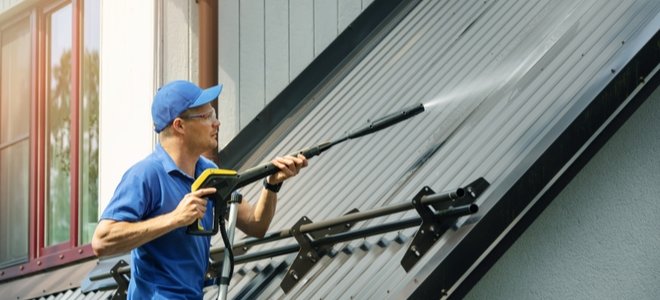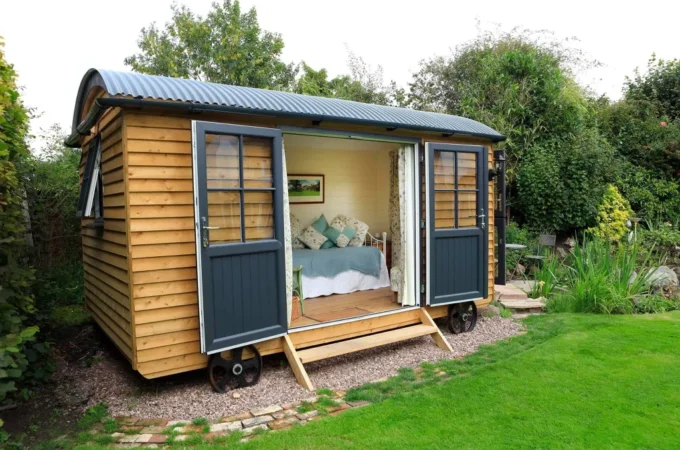
Metal Roof Maintenance
Introduction:
Many home and building owners have ultimately decided to switch to or buy metal roof due to low maintenance and ability to be engineered to perform high standards set forth by the industry. Luckily, most All Seasons Roofing in Albuquerque the level of effort and upkeep to maintain a metal roof is far less than any other option, that being said, a regular maintenance of the roof cannot be over looked, which can lead to serious problems in the future. But first let’s begin with a basic understanding of the metal roof.
Metal roof is composed of tiles or metal pieces constructed together in a manner that give it an overall strength as well as high resistance and ling life. It is a roofing style that enhances you home’s or business’s curb appeal. Different metals and alloys can be used according to the locality and weather conditions but mainly zinc, copper and steel alloys are common. Even though it is more durable than the other roofing types, it is still vulnerable to wear and tear from harsh weather conditions and improper care. To keep your metal roof in an ideal condition for a longer time, a regular maintenance is important.
Why is maintenance important:
- To prevent potential problems including leaking, denting, scuffing, scratching or degradation of the metals.
- To prolong the life of the roofing system
- To prevent any serious damage to the roof and also the household or business, hence saving a lot of money.
- To keep the metal roofing systems looking great because, looks do matter!
How to maintain the metal roofing system:
The basics of the maintenance of the metal roofing system are as follows:

- Surface maintenance:
Surface maintenance consists of tasks that do not require very thorough inspection of the roofing system. This can also be performed by the owners themselves although, a little professional help never hurts. The owners who chose to inspect should take special care of their safety when on the roof. The metal roof is especially slippery wet or in areas where there is a frequent rain of snowfall. The surface maintenance tasks include:
- Clean off dirt, stains and other elements that might have gotten stuck to the roof
- Clean off the ice or snow from the roof
- Trim any branches near the top of your house that could damage the roof
- Cleaning of the gutters and drains since any blockage can cause extra weight to the drains which can cause damage
- Removal of leaves or any other non-essential blockages
- Make sure no other metal or material is touching the roof that could lead to galvanising or rusting of the material.
- Check for scratches, chipping, scuffs and fading of the roof metal which may later lead to rusting leading to leakages.
- Structural maintenance:
This kind of maintenance requires a trained conductor since it is an in-depth inspection. The frequency of this maintenance depends on numerous factors such as wind, rain, hail, moisture, extreme heat, extreme cold and the fluctuation of temperature. However a structural maintenance of the roof every two years is commonly advised. Some locations may have longer or shorter advised period for regular maintenance so it is best to consult your contractor for the best duration in between maintenances. The main tasks in a structural maintenance act that should be conducted by the experts are:
- Checking and/or fixing any rivets, screws or fasteners which may have loosen up over time due to temperature changes or any possible storm.
- Checking or fixing any loose or separating panel seams which might have slipped from the original position, and may lead to leakage or a decreased strength of the roof
- Checking or fixing any loose or damaged flashing materials which can lead to a leaking roof.
- Checking and replacing sealant, which as much minor as it might seem but are a very important part of the overall stable and safe roof.
- Checking areas around the penetration points which are most common points of damage or leakage since they are difficult to treat. The areas around chimney, solar panels, air vents and skylights can degrade over time due to exposure to sunlight.
- Making sure no fallen debris have caused any holes in the roof, and if so repairing them.
- Checking the parts of the roof around the HVAC system of the ventilation areas is important. Vented systems release chemicals, steam and heat which can damage the paint and cause a corrosion of the panels. Examination of such areas and their repair is of great importance.
- Looking for, and repairing any punctures in the roof because no point in having a leaking roof.
- Repainting:
Repainting of the metal roof panels is always an option, although it is not needed in most cases especially if you have installed a new roof. Although repainting of the metal is still a user choice. However in case you have bought an old house with a damaged metal roof, a new paint will be better for protection and aesthetics, both.
- Pressure Washing:
Pressure washing the roof is definitely a good option but there are a few thing that need to be considered while doing so:
- Use a low pressure, hot water pressure washer with a 40-degree tip for a flat roof. The hot water and precise angle remove the debris build up grime.
- Even though a pressure washer is safe to use for a metal roof, too much pressure could damage the roof.
 Conclusion:
Conclusion:
Metal roofs have been a game changer in the field of roofing, but like every other type, the metal roofs also require maintenance. This regular maintenance can save the user tons of cash and also earn a great deal of safety. Investing in a regular maintenance of the metal roofs is always a better option, instead of waiting for some serious damage to happen, besides compared to other roofing materials, the maintenance cost and effort in metal roofs is far lesser and easier, not to mention, less expensive.




